The beautiful scarletina mushroom is worth waiting for
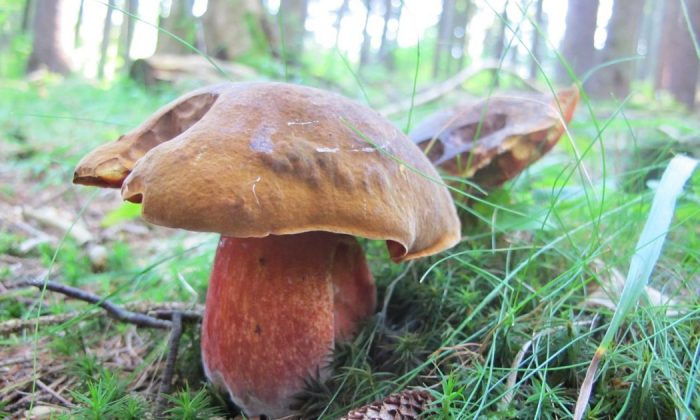
Have you already gone on a mushroom hunting trip? Well, if you did, you have probably seen some traditional spring and summer mushrooms. For example, the beautiful scarletina bolete, (Boletus luridiformis), previously also known as (Boletus erythropus) is certainly one of the most popular ones. Other names include red foot bolete or dotted stemmed bolete but there are many other folk names depending on the area. Anyway, this mushroom is certainly something that you should not miss.
How to safely recognize the scarletinabolete?
The scarletina bolete, as many other and similar types of mushrooms, turns blue when cut. The typical feature is a dark brown pileus, but when young the pileus may be yellow to brown. Red ends of tubes are also characteristic. Both the tubes and the pores turn blue practically immediately when pressed or cut. The stipe is yellow or reddish and is covered with red grains. The flesh is yellow and it also turns blue when cut.Spores are olive brown.
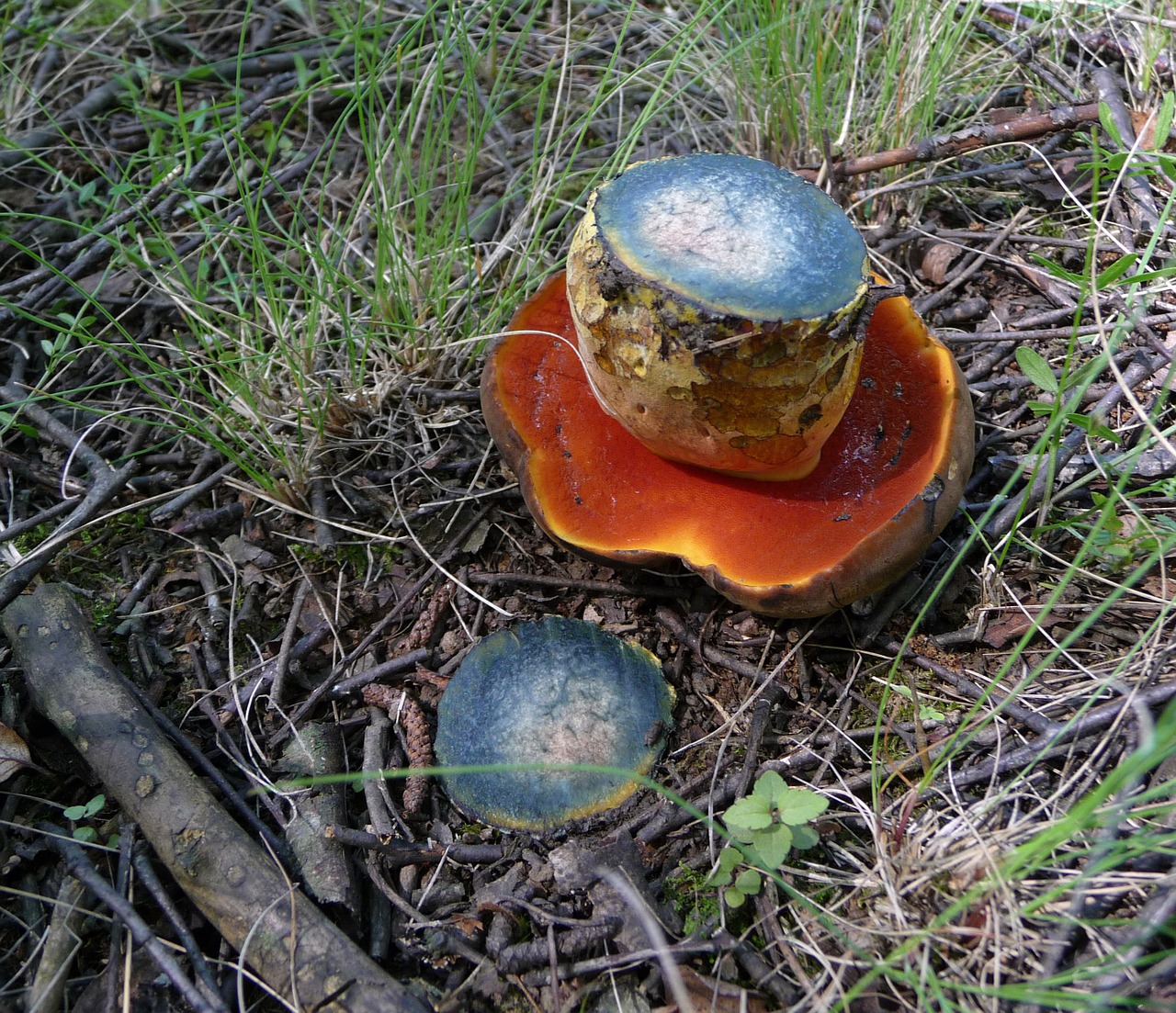
Where and when can you find the scarletina bolete?
It starts to grow around mid-May and continues until autumn. For many mushroom pickers, this is the first mushroom that appears at the beginning of the season. It grows in both coniferous and deciduous forests. It can deal with acidic or alkaline soils and you can often find other scarletina boletes in one spot.
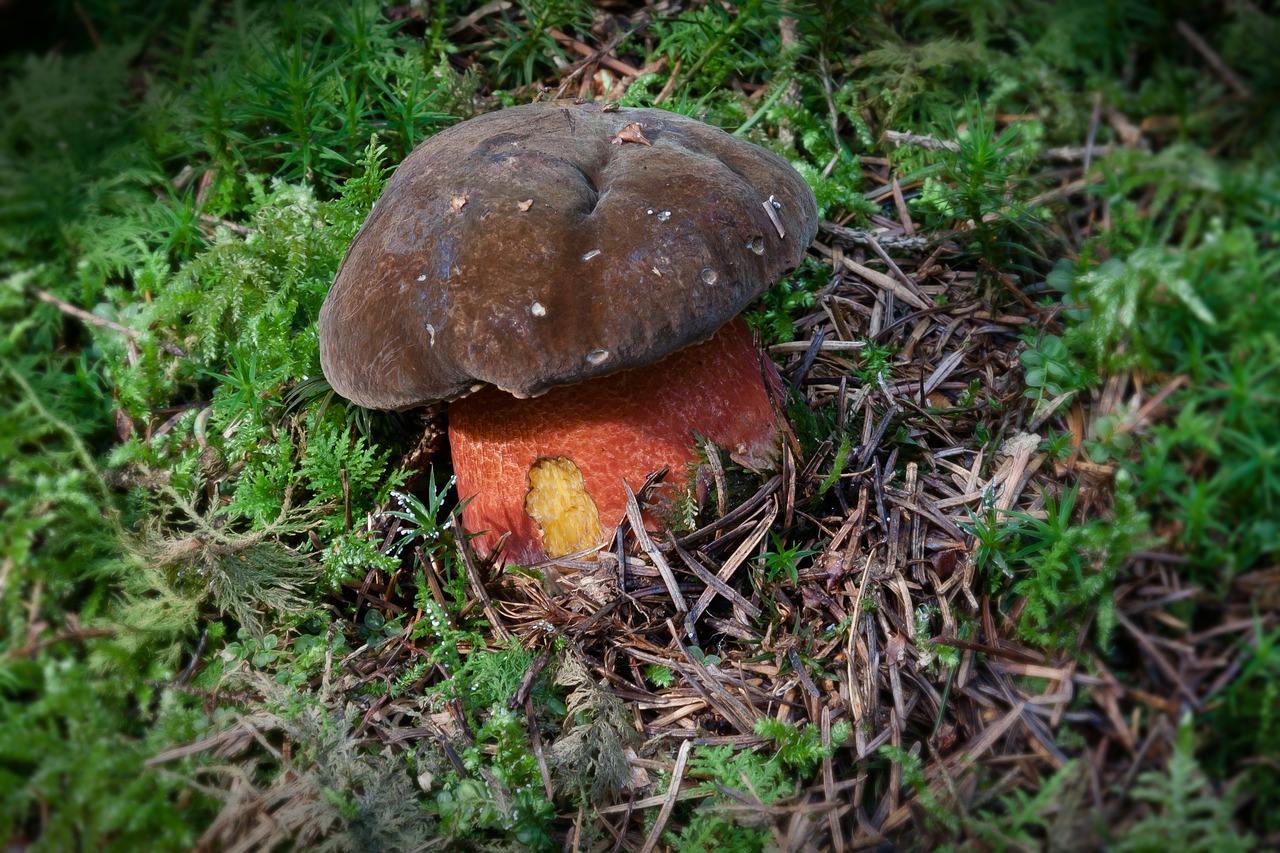
Mushrooms that may be confused the scarletina bolete
There are many colour variations of this popular mushroom. For example Boletus luridiformis var. discolor with pileus that is more ochre or the rare yellow boletus (Sutorius junquilleus), which is completely yellow. But most often the scarletina bolete is confused with the Suillellus luridus, which has a rather distinct net on the stipe. Another one is a bolete called Quélét’s mushroom (Suillellus queletii) which is light in colour or the Boletus calopus, but this one has a white hat and it is inedible and bitter. Perhaps we should also mention the Boletus satanas, which also has a white hat but is rather rare.
Photo: Pixabay
Hard-to-digest but resilient to pests
Scarletina bolete is a fairly large edible mushroom. But it can cause digestive problems when not fully cooked. It is recommended to cook it for at least 20 minutes. Previously, people thought that it contains toxins, but this was later contributed to the fact that it is difficult to digest. Scarleting bolete is not recommended for drying. The good news is that pests do not particularly like the scareltina bolete, so you have a good chance to find healthy and strong specimens.
Preview photo: Pixabay

Gardening is my hobby, I have a lot of experience and I am happy to share it.
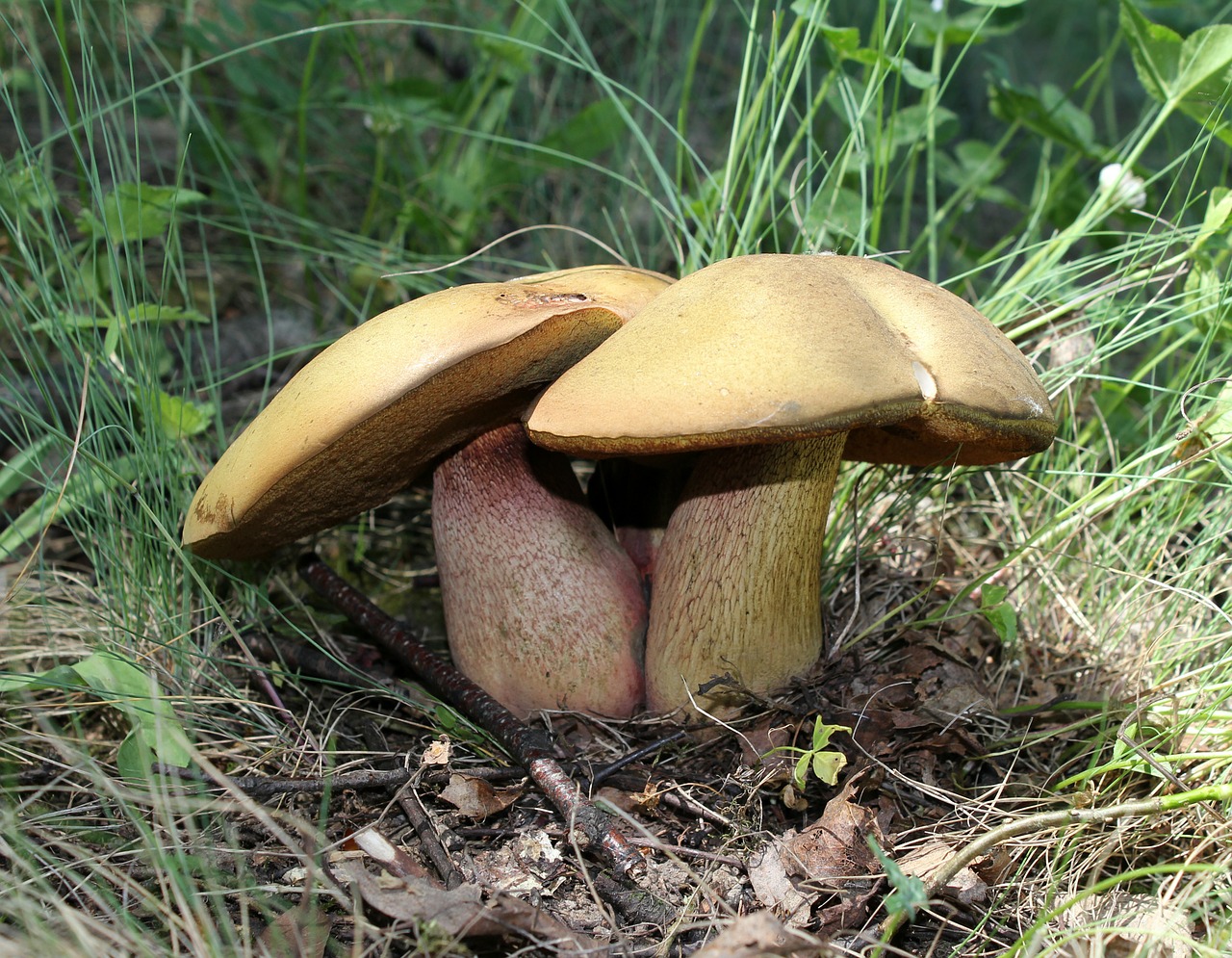
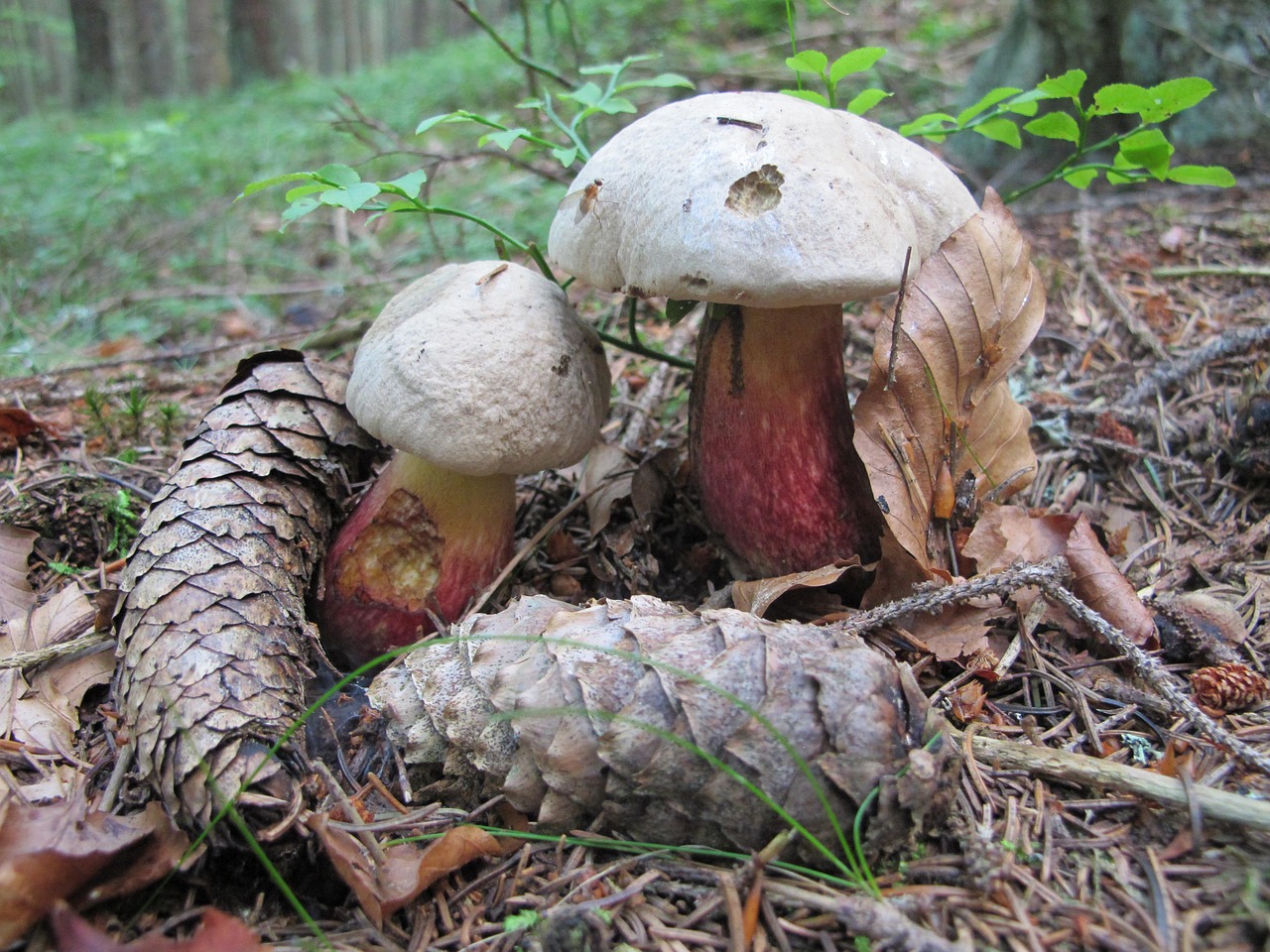



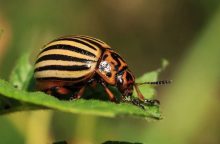
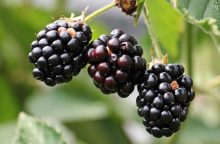

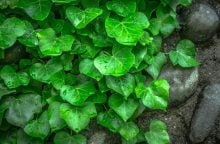

0 comments